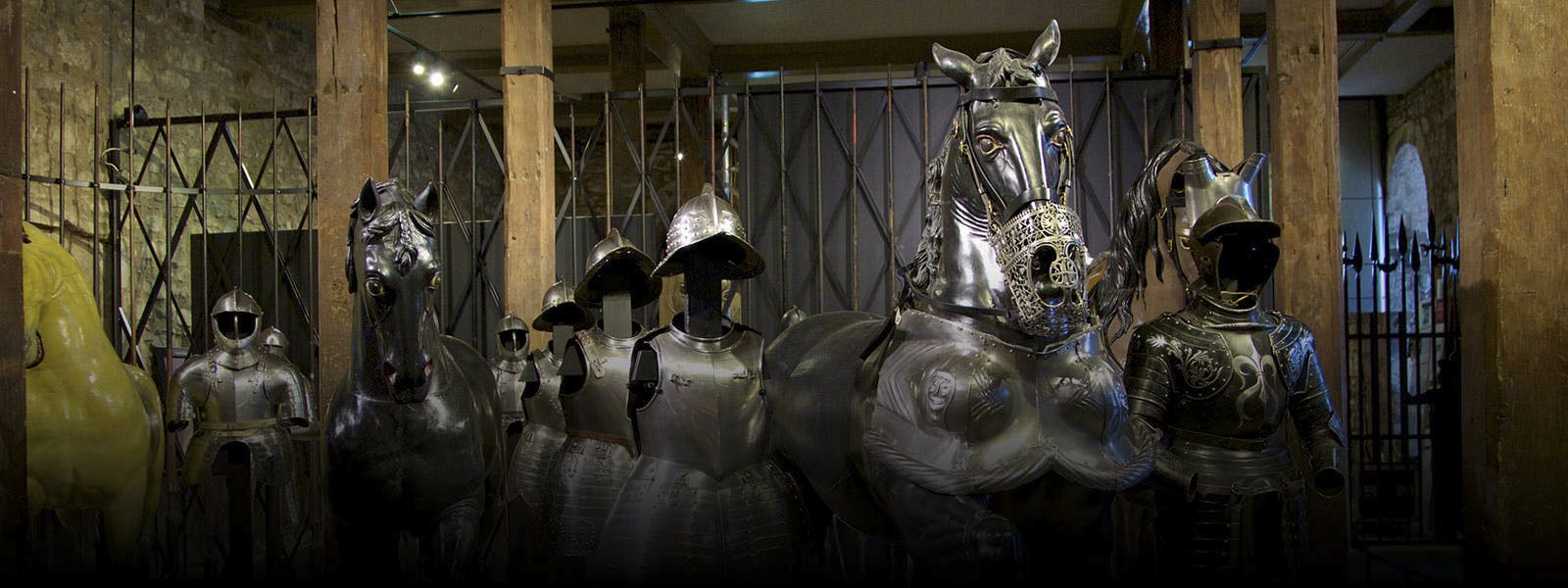
Kings, armours and 500 years of history
This timeline provides a brief overview from the Tudor era up to the present day, highlighting major historical events and their impact on the Line of Kings.
Explore what's on

- Things to see
White Tower
Marvel at the imposing White Tower, a magnificent example of Norman architecture at the heart of the Tower of London.
- Open
- Tower of London
- Included in palace admission (Members go free)

- Families
- Things to see
Armoury in Action
Shoot arrows, assemble firearms and brandish a sword in this exciting, hands-on experience in the White Tower.
- Open
- Tower of London
- Included in palace admission (Members go free)

- Things to see
The Fusilier Museum
Discover the story of the British infantry regiment from its formation at the Tower of London in 1685 to the present day.
- Open
- Tower of London
- Included in palace admission (Members go free)
